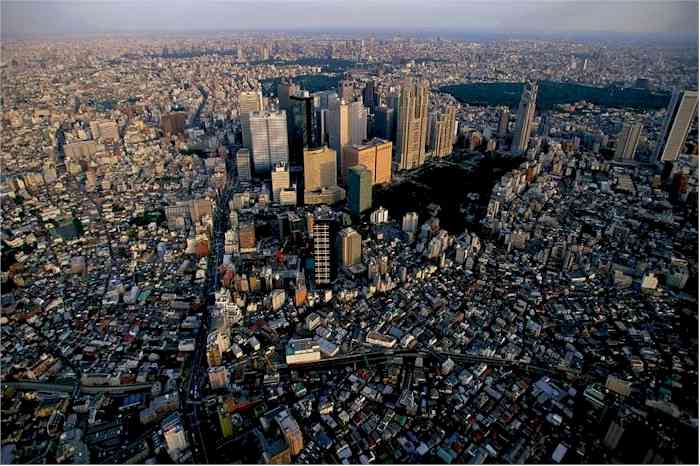 It's absolutely breathtaking when flying into New York City, especially at night when the lights can be seen for miles and miles.
It's absolutely breathtaking when flying into New York City, especially at night when the lights can be seen for miles and miles. New York City is considered a megacity. The Big Apple is the seventh largest megacity in the world, according to citypopulation.de. Megacities are metropolitan areas with more than 10 million people.
Imagine all the people that live in megacities, such as New York City. The things that are sometimes overlooked or just taken for granted. What makes a megacity function?
From a public administration standpoint, there are countless challenges these megacities face--primarily focused on infrastructure such as roads, water, wastewater, etc.
Freelance business writer Sarah Fister Gale explores this challenge in her article, which appeared in PM Network, a project management magazine. The challenge is that many megacities don't have the infrastructure budget to keep up with urban sprawl.
Below are megacities ranked by size as provided by citypopulation.de:
1. Tokyo, Japan (34 million)
2. Canton, China (24.2 million)
3. Seoul, South Korea (24.2 million)
4. Mexico City (23.4 million)5. Delhi, India (23.2 million)
6. Bombay, India (22.8 million)
7. New York City, USA (22.2 million)
8. Sao Paulo, Brazil (20.9 million)
9. Manila, Philippines (19.6 million)
10. Shanghai, China (18.4 million)
Sources: Sarah Fister Gale, "Urban Overload," PM Network, August 2010, p.8-9
Thomas Brinkloff, The Principle Agglomerations of the World, http://www.citypopulation.de/
--
http://photographywritingandmore.blogspot.com/
No comments:
Post a Comment